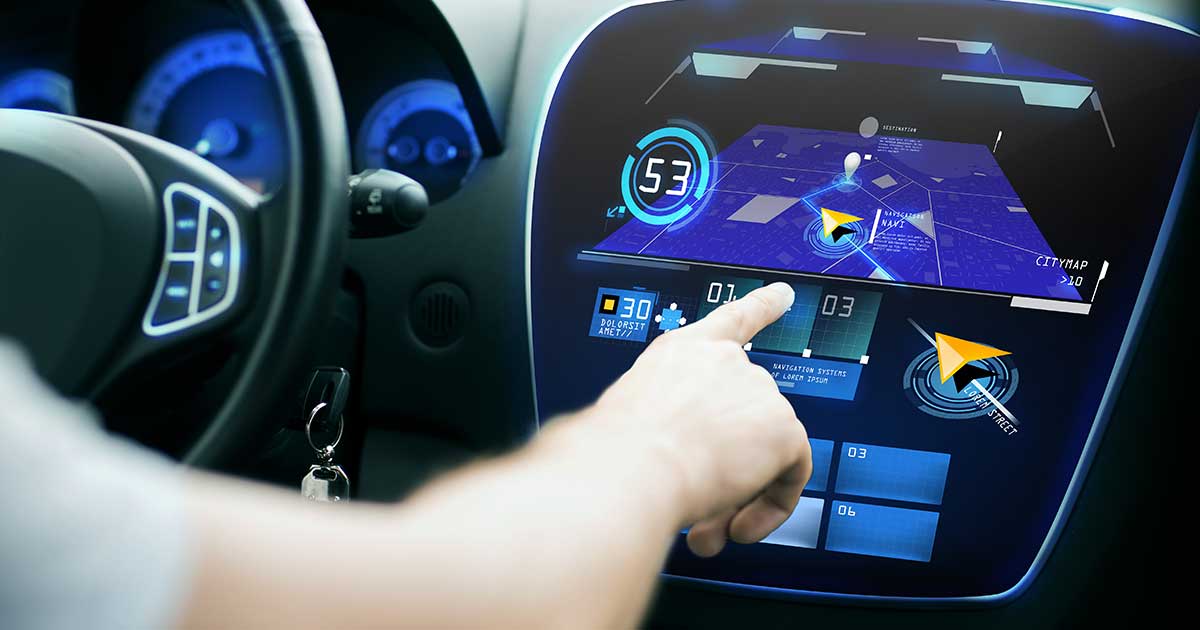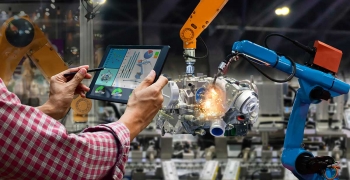Even though 2016 witnessed 53.2 million recalls in the United States (US), the automotive aftermarket remains a large and growing market. At a CAGR of 3.7 percent, the US market is poised to generate $296.3 billion by 2019. While other geographies display significant promise too, a lot hinges on how the sector adapts to digital disruption as adjacent functionalities embrace Industry 4.0. The buzz around connected cars has transformed other aspects of the automotive value chain. The ecosystem has facilitated a shift in focus for the automotive industry – from being solely component-driven to adopting a software and solution-oriented approach. With connected supply chains, Industry 4.0 and mobility services having triggered the manufacturing of connected cars, the aftermarket is witnessing significant changes. For one, it is departing from reactive and tactical services, moving on to real-time data retrieval and management for predictive and preventive maintenance. Had the market moved in this direction a decade ago, the series of recalls experienced worldwide might not have happened at all.
As the aftermarket segment adapts to the connected car ecosystem, subscription-based models and mobile apps are likely to gain prominence. The features and services of these vehicles will also be modeled as aftermarket packages instead of being built-in or sold individually. In cases of emergencies, mobile platforms will offer assistance through remote maintenance. Integrated with the car’s Web application platform, a mobile operating system can alert OEMs about exigencies and help generate assistance requests. While illegal access to critical data and operating systems could well emerge as issues in this process, an enhanced automotive cyber security plan can prevent this eventuality. With cyber security concerns at bay, sensors provided by the car’s embedded hardware board design can be used to collect real-time data. This data will be essential to conduct long term evolution (LTE) lab testing to ensure protocol compliance. One of the major objectives of the mobile Internet of Things (IoT) is to facilitate the commercial availability of low power wide area (LPWA) solutions in licensed spectrum – increased application with reduced effort, within the parameter of applicable regulation. Concept trials and demonstrations conducted over time in the lab can be used to concretize a particular solution, and ensure that LPWA requirements are met. For automotive security and economy, however, advanced electronics designs, such as automatic brakes, collision prevention features, and fuel-saving systems will be of paramount importance. From the aftermarket’s standpoint, advanced system engineering will enhance overall vehicle management by essentially generating logbooks of different kinds of data. Once insights are extracted from user-specific data like individual driving patterns and real-time metrics for vehicle performance, OEMs will be prepared to introduce customer-focused solutions.
With the average age of on-road vehicles in the US reaching 11.6 years in 2016, all indications point towards the continued buoyancy of the aftermarket segment. Digitally-driven, efficient value-added services will generate significant revenues and secure customer loyalty. A leading multinational company has introduced an aftermarket connected car solution, which aims at providing after-sales business models to efficiently liaise with customers, dealers, financers, insurers and OEMs. The future lies in the convergence of digitalization, connected devices, and increasing network capacity. A confluence of these concepts will transform how aftermarket services can be delivered. Already, the present IoT-powered manufacturing ecosystem leverages sensors at various stages of the production process to collect and record real-time information and updates. With increased connectivity, the captured data can be used to benchmark operating models against digital simulations of an ideal working system. Demonstrably, ensuring access to pertinent technologies, such as sensors, semiconductors, and artificial intelligence, is crucial for suppliers and OEMs. For long, semiconductors were particularly used in the consumer electronics sector. But, the emergence of the connected car network, fueled by the growing aftermarket services that it enables, has led to the adoption of semiconductor technology in the automotive industry. In April 2016, the European TRACE project was launched to ensure the safe use of semiconductors in the automobiles sector. Apart from leading automotive manufacturers and suppliers, the project also includes semiconductor companies. Digital technology is clearly changing the way OEMs and suppliers will engage with commercial and personal vehicle owners, in turn introducing limitless possibilities for the rapidly expanding aftermarket.




